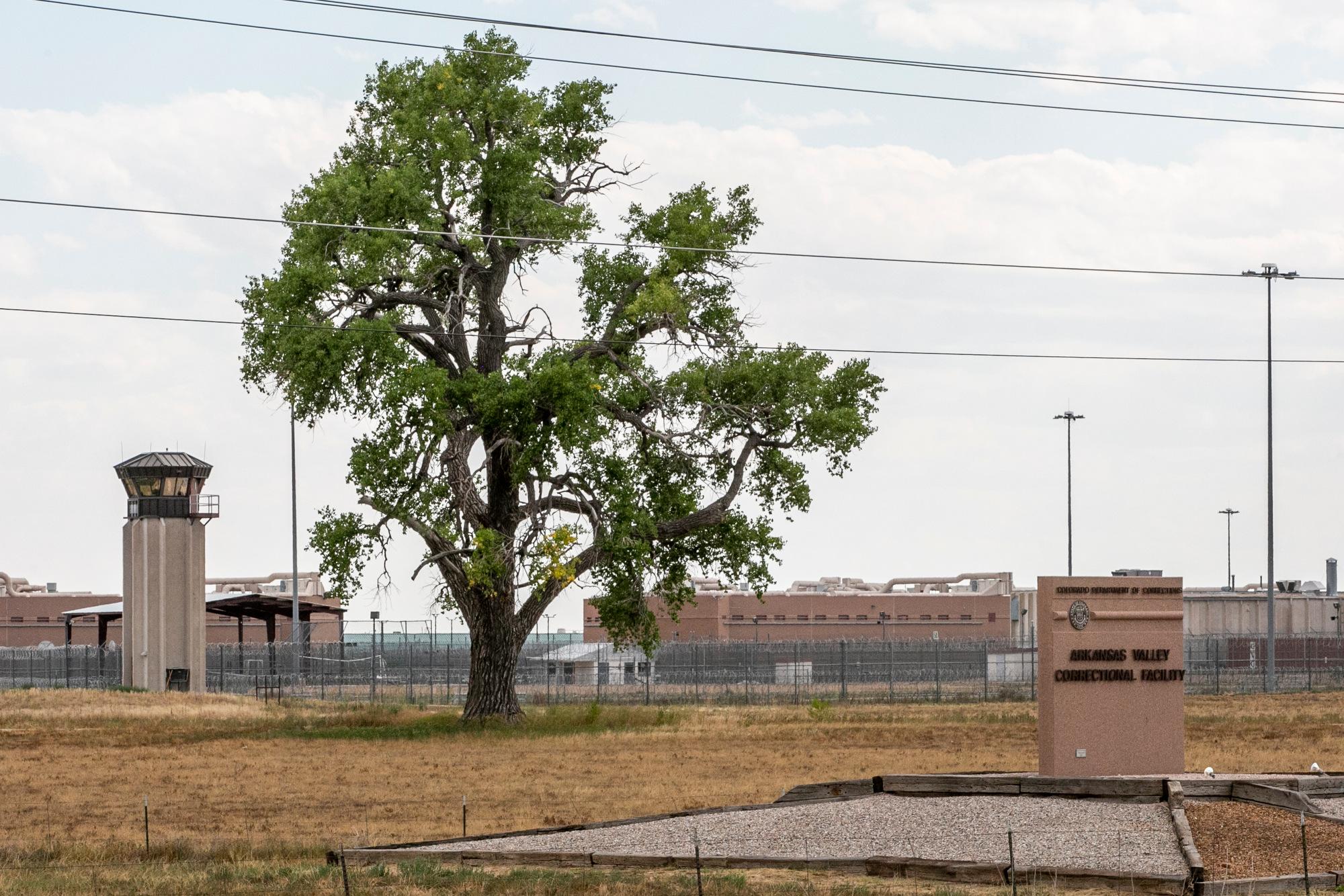
Fifty-one people currently serving sentences in Colorado prisons will have their cases probed by state law enforcement and University of Colorado law school professors for potentially faulty hair analysis that could have led to wrongful convictions decades ago.
CU’s Korey Wise Innocence Project and the Colorado Bureau of Investigation will review cases identified by investigators where hairs collected from crime scenes were visually compared to draw conclusions about whether the hair came from a suspect.
These visual comparisons are not believed to be as accurate as current DNA science and have led to convictions being overturned in other states.
“This type of review is in the best interest of everybody,” said Anne-Marie Moyes, director of the Innocence Project at the CU law school. “If the wrong person is sitting in prison, we want to correct that error … It does not serve victims if the wrong person is in prison for that crime.”
In Colorado, investigators and lawyers will look at convictions between 1976 and 1995, where the prisoners are still alive and currently serving sentences.
They identified 51 people whose cases involved hair analysis during the investigation and trial. Lawyers will review court transcripts for potentially inaccurate testimony to determine whether hair microscopy evidence played a central role in the conviction. If so, lawyers may pursue DNA testing to see whether those hair sample testimonies could have been inaccurate.
“There have been vast technological advances in forensic science, and DNA in particular,” said John Camper, CBI Director. “This review is an opportunity to ensure accuracy in scientific conclusions and testimony, no matter the age of the case.”
Moyes said that it’s important for law enforcement and defense attorneys to partner up as the science of forensic analysis of crime scenes evolves and improves -- from eyeballing hair samples under a microscope to nailing down precise DNA comparisons.
“The science is ever changing. We continue to have scientific progress in all areas,” she said. “In forensics, when that progress happens and if it shows that some of the type of evidence that was previously admitted wasn’t reliable then that’s the very place where these kinds of partnerships should exist so we can together make sure, looking backwards, that no mistakes were made.”
This work started nationally in 2013, when the FBI acknowledged problems with hair analysis after DNA testing exonerated three men who had been wrongfully convicted based, in part, on bad testimony by FBI hair examiners.
The FBI has since encouraged all states to conduct similar reviews of their own hair analysis work.
Related stories
- Colorado doesn’t have enough resources to treat people deemed incompetent to stand trial, so the state is turning to private hospitals
- Incarcerated people are fighting Colorado’s wildfires — including this week’s Kruger Rock Fire
- Who wants to be a cop in 2021? They do
- Aurora settles with Elijah McClain’s family for $15 million









